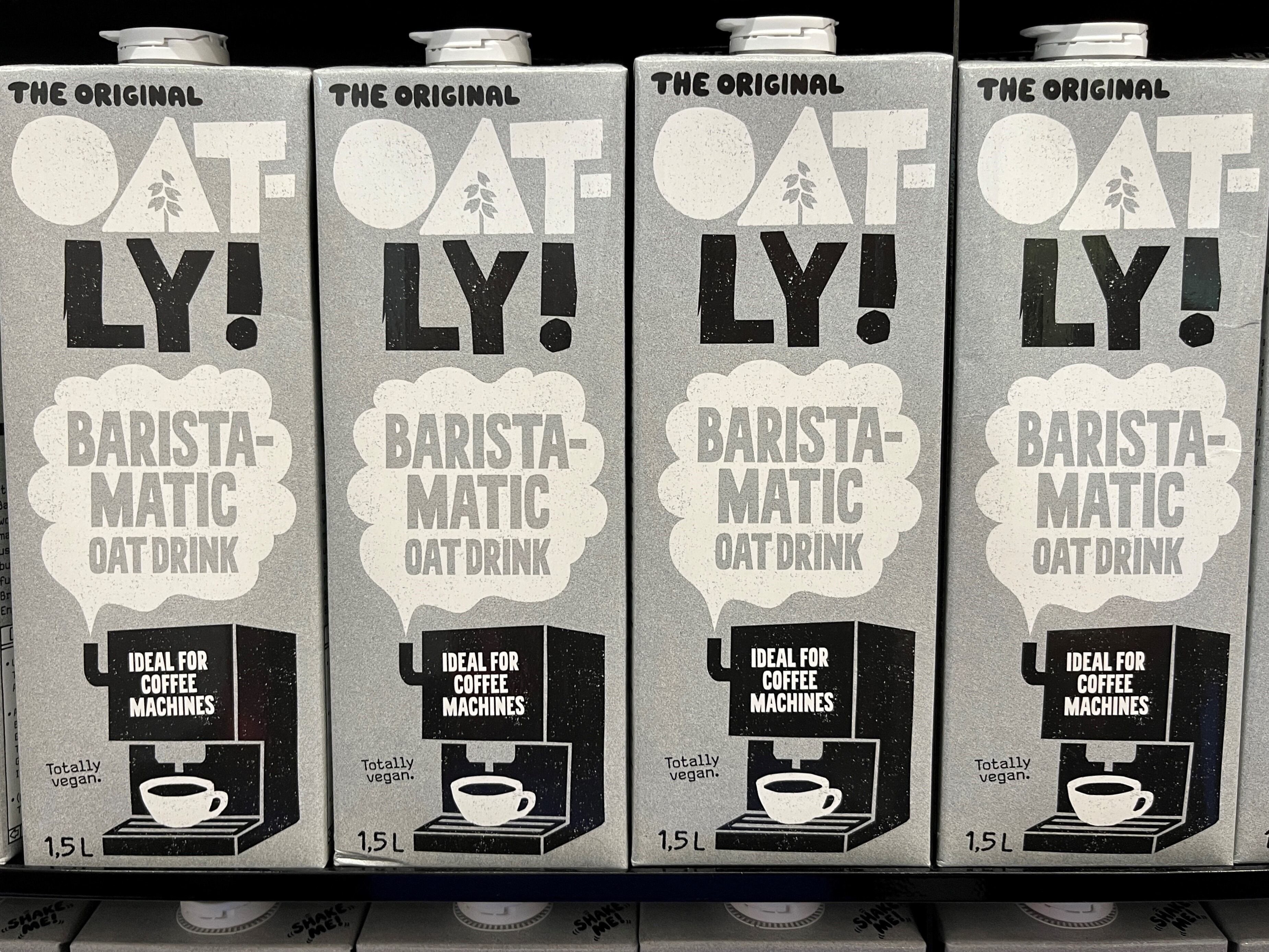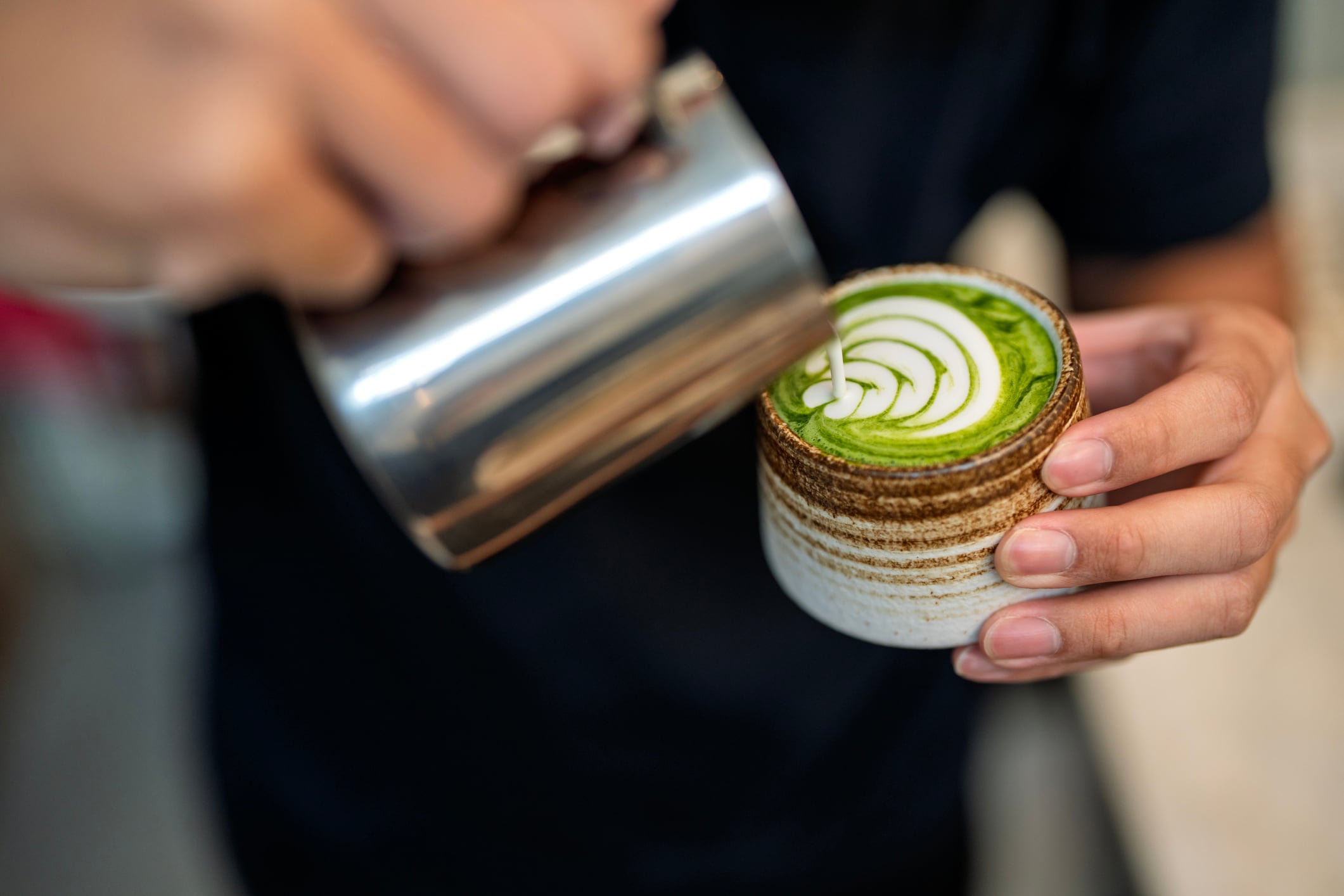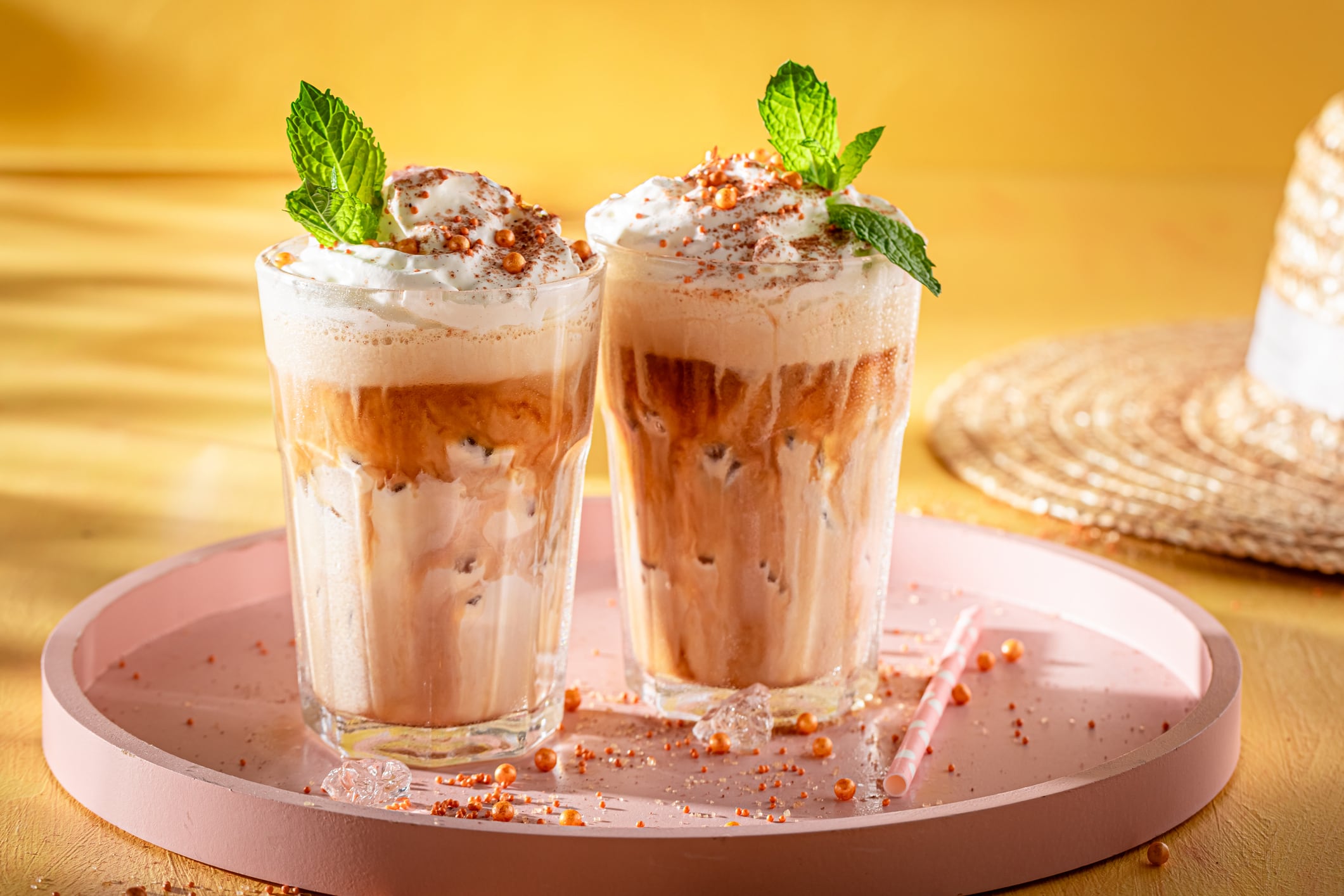Plant-based milk alternatives are commonplace in coffee shops, with barista-style options from almond to oat now staples behind the counter.
For alt dairy brands, developing products for the coffee shop industry has become an important diversification strategy, particularly as retail sales of plant-based alternatives have flattened or decreased in the last two years. From refrigerated creamers to flavor fusions, companies have been increasingly challenging dairy majors for a slice of the market.
Regardless of the distribution channel, taste remains one of the primary drivers dictating consumer choice, followed by sensory properties and extra charges for choosing a plant-based milk alternative over dairy, according to a recently-published academic study.
But unlike dairy milk, working with plant-based alternatives isn’t so straightforward in a café due to the products’ chemical composition: plant-based milks need to be formulated to deliver on flavor texture, foam formation and stability.
In shops with traditional coffee machines, baristas have control over some of those variables – but when it comes to using fully automated coffee machines in places like restaurants or coffee kiosks, the properties of the beverage itself come into much sharper focus.
The problem with alt milks in automatic coffee machines
Many plant-based milk products equal many formulations – and it’s this diversity that can make it tricky to find the right blend when it comes to using alt milk in automatic coffee machines.
These machines are traditionally designed for dairy milk and its distinct chemical composition. For example, a liquid with lower protein content may struggle to froth; while sedimentation is another big issue.
The R&D team at Swedish oatmilk brand Oatly has worked to address some of these challenges – and unlock another potentially significant market opportunity for the company with the release of BaristaMatic, a new Barista-style oatmilk product formulated specifically for use in automatic machines.
A different - but similar - formula
Launched at Anuga 2025 following a soft-launch in Rotterdam, the Netherlands, in early September, BaristaMatic’s formulation has been optimized to reduce sedimentation while retaining the functionality of Oatly’s Barista edition product.
The company still advises users to shake the carton before use, but no other manual adjustments are needed – it’s enough to just use the standard setting on the coffee machine and refill the container daily to maintain foam quality.
BaristaMatic is being rolled out across European markets including Austria, Belgium, Denmark, Finland, France, Germany, the Netherlands, Norway, Sweden and the UK.
We chatted to product development lead Fay Schönbeck at Oatly’s stand at Anuga 2025 to find out more about the R&D behind the product.
“Automatic machines have previously been struggling a little bit with plant-based in general, both in terms of performance, but also in terms of developing machines that can handle plant-based milk alternatives,” she told us.
“Our idea with this product was to get a plant-based option into all major automatic machines. It’s a slightly different formula to our Barista edition, with a thinner body, which improves performance in the machine to maintain consistent output and avoid sedimentation.”
The company has also highlighted several new products for at-home and coffeeshops alike: including a brand new flavored Popcorn Barista edition and a Lighter Taste Barista.
“The Lighter Taste Barista is lighter in terms of flavor,” Schönbeck said. “Many people love our Original, but some people think it’s really heavy. So for those, we have that version that lets the coffee shine a little bit more.”
How does the cold coffee trend translate into the realms of automatic machines?
“Lots of the machines have cold applications; these are getting more and more popular, whether by extracting a cold drink or by having the facility to add ice in. Our products are typically designed to work across both hot and cold applications.
“Of course, our Matcha Latte Oat Drink product is a cold application and so is our RTD iced coffee range and our flavored Barista range [including Caramel and Vanilla-flavored options] also works in cold [coffee].”
As for organic barista-style milk alternatives, there are further formulation challenges. “With organic, because you need to satisfy another set of label requirements, you don’t have the same ground base of ingredients that you can use,” she explained.
“That’s a difficulty from a formulation point of view: you can’t add those common salts, for example. And that sometimes compromises the taste, but also the functionality.
“So it’s more difficult to get there. I don’t think there’s an organic barista drink out there that is ‘on point’ right now - but ours is getting there.”




